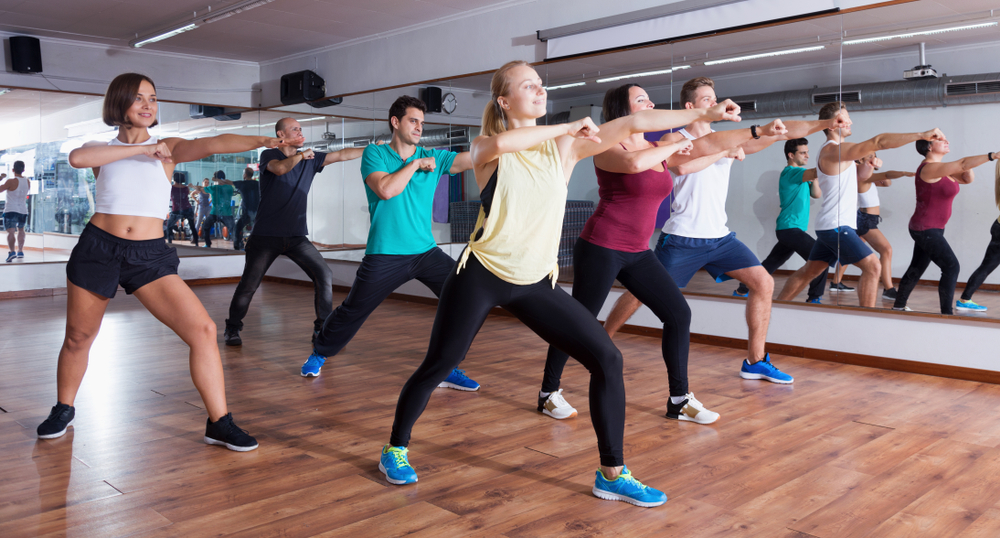One faithful day in Colombia in the 1990s, a fitness instructor realized he forgot his usual workout playlist and sparked a spontaneous dance session to loud Latin beats instead. This serendipitous move transformed his exercise class into an exhilarating dance party. With that, zumba was born, bringing a new spin to fitness sessions that feel more like parties.
Zumba: Where fitness and the dance floor collide
A Zumba class is a symphony of simple dance steps that activate your hips and step count. These deceptively simple movements, however, pack a powerful punch. According to John Porcari, a professor of exercise and sport science at the University of Wisconsin, La Crosse, a 40-minute Zumba session creates a calorie-burning frenzy, burning approximately 370 calories. That’s the equivalent of a brisk bike ride or a moderate jog. But it’s not just about the numbers; Zumba participants push themselves, working at 80 percent of their maximum heart rate, which makes it comparable to other fairly tough workouts like step aerobics and cardio kickboxing.
The workout that doesn’t feel like a workout
This is where Zumba truly shines: its amazing ability to entice fitness naysayers. The enticing attraction of Zumba for women with type 2 diabetes and obesity was discovered in a study published in the American Journal of Health Behavior. Participants reduced weight and fat percentage after participating in Zumba three times a week for 16 weeks. What’s more impressive? They actually liked the experience, transforming Zumba into a way of life rather than merely an exercise regimen. Zumba is a joyous retreat in a world when staying dedicated to fitness can be difficult.
The transforming impacts of Zumba extend well beyond the physical realm. The hip-swings and gyrations that characterize the dance translate into higher core strength, improved balance, and increased self-esteem, particularly among older overweight women. According to research, Zumba promotes a beneficial change in one’s quality of life and self-perception. Emotionally, the dance experience fosters sentiments of freedom and purpose, improving the lives of participants.
The Universality of Zumba
On the Zumba stage, age, ability, and workout choices become unimportant. This workout is more than simply reps and sets; it’s an invitation to embrace movement, let go, and enjoy the rhythm. Zumba welcomes everyone, whether you’re a senior trying to maintain cardiovascular fitness or someone who has shied away from traditional activities. It provides a welcoming retreat for people seeking balance, coordination, and a healthy dose of positivity.
Zumba may not be the pinnacle of physical fitness, as high-intensity interval training is, but it shines as a distinct and fascinating alternative. It’s the link between the worlds of exercise and entertainment, helping you forget you’re working out at all. “Zumba fills a niche because people truly enjoy it,” says Jamie Cooper, an associate professor at the University of Georgia. Zumba is a tribute to the simple joy of movement in a world when excitement wanes and fitness programs fade.












